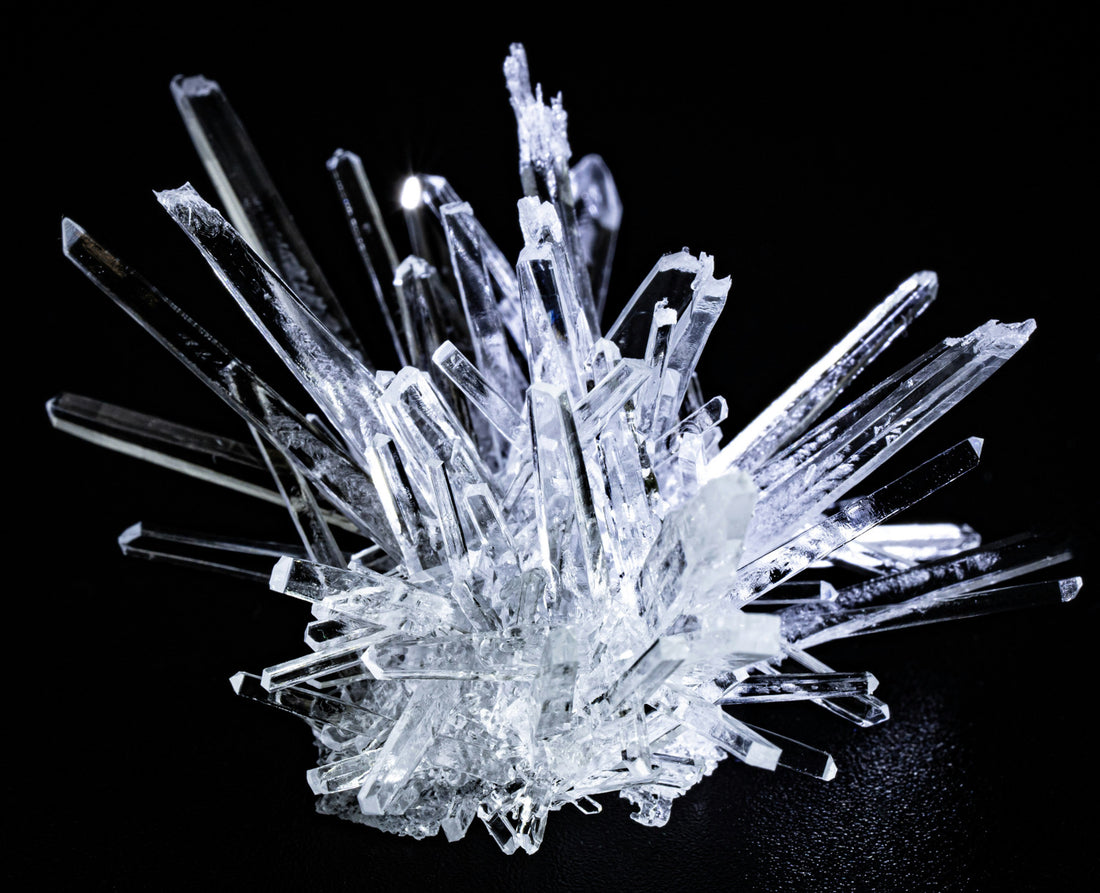
When the Glass Ran Thin: How Supply Shortages Deepened the Watch Industry Collapse (1970s - 1980s)
Share

During the Quartz Crisis of the 1970s and ’80s, mechanical watch brands were already under intense pressure. With Japanese companies like Seiko leading the charge in affordable, accurate quartz technology, traditional watchmakers were losing ground fast. But while the shift to quartz was the headline story, there were behind-the-scenes struggles that made survival even harder, like shortages of critical components, including mineral crystals. These weren’t the synthetic sapphires we see in today’s luxury watches, but more basic materials that still played a vital role. For many smaller brands that relied on outsourced parts, delays in getting something as simple as a watch crystal could stall production and drain already-thin resources. While the crystal shortage wasn’t the sole reason brands disappeared, it added to the chaos. Names like Wolbrook, Enicar, and Zodiac either collapsed entirely or faded into dormancy, caught in a storm of shrinking demand, rising costs, and supply bottlenecks. These companies didn’t have the scale or vertical integration to weather both a technological revolution and a parts squeeze. Even brands that survived had to scale back dramatically or merge to stay afloat. The larger picture was clear: when you combine a rapid shift in consumer preferences with global material shortages, even long-standing names can fall. Today, many of those brands have been revived, often by new owners tapping into nostalgia and the renewed love for mechanical watches. But their original decline is a reminder that industry shifts don’t happen in a vacuum. Sometimes, it’s not just about being out-innovated, it’s about running out of parts.



